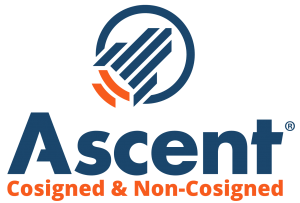 Most loans fall under two main categories—installment loans and revolving lines of credit. When researching student loans, you will often read that they are considered as installment loans. Here’s what you need to know about them and how they work.
Most loans fall under two main categories—installment loans and revolving lines of credit. When researching student loans, you will often read that they are considered as installment loans. Here’s what you need to know about them and how they work.
How Installment Loans Work
With installment loans, the borrower borrows a specific amount of money from a lender and agrees to pay back the loan with interest in a series of monthly payments, starting from a specific date.
Before signing up for the loan, both parties, the lender and borrower, reach an agreement regarding the loan amount, the length of the loan, the rate of interest, the date that the borrower must start making the payments, and the penalties for late-payments and non-payments.
This is exactly what happens when you take a student loan. When you apply for a student loan, whether federal or private, you have to agree to pay it back with interest over a specific period of time. This is usually a few months after your graduation day. At the time of taking the loan itself, you will know how much you will have to pay every month and for how long.
Use College Raptor’s new Student Loan Finder to discover personalized private student loans. Compare lenders and interest rates to find the ideal student loan option for you.
| Lender | Rates (APR) | Eligibility | |
|---|---|---|---|
 |
5.34%-15.96%* Variable
3.99%-15.61%* Fixed
|
Undergraduate and Graduate
|
VISIT CITIZENS |
 |
4.92% - 15.08% Variable
3.99% - 15.49% Fixed
|
Undergraduate and Graduate
|
VISIT SALLIE MAE |
 |
4.50% - 17.99% Variable
3.49% - 17.99% Fixed
|
Undergraduate and Graduate
|
VISIT CREDIBLE |
 |
6.00% - 13.75% Variable
3.99% - 13.75% Fixed
|
Undergraduate and Graduate
|
VISIT LENDKEY |
 |
5.50% - 14.56% Variable
3.69% - 14.41% Fixed
|
Undergraduate and Graduate
|
VISIT ASCENT |
 |
3.70% - 8.75% Fixed
|
Undergraduate and Graduate
|
VISIT ISL |
 |
4.99% - 16.85% Variable
3.47% - 16.49% Fixed
|
Undergraduate and Graduate
|
VISIT EARNEST |
 |
5.00% - 14.22% Variable
3.69% - 14.22% Fixed
|
Undergraduate and Graduate
|
VISIT ELFI |





